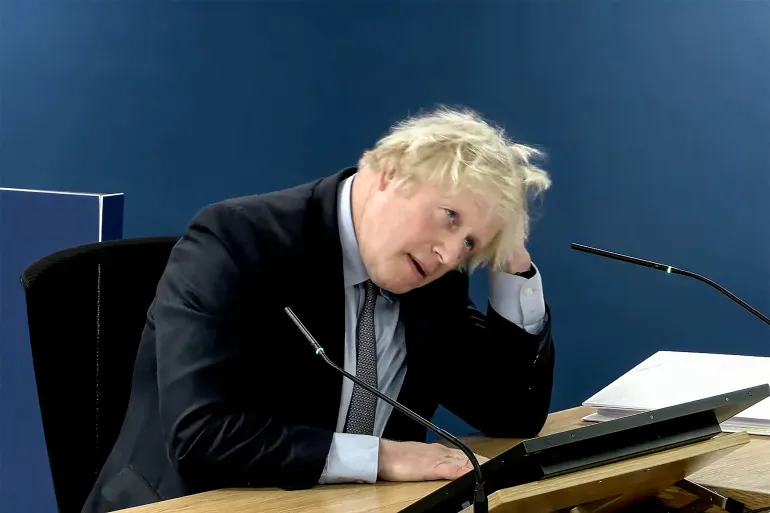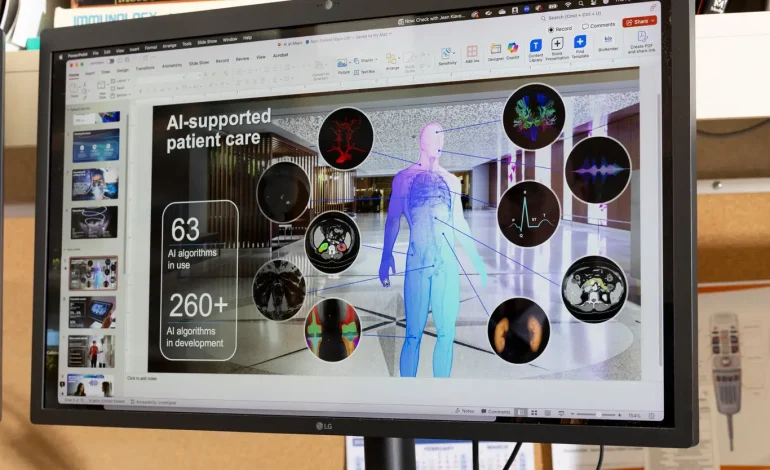Nearly a decade ago, artificial intelligence pioneer Geoffrey Hinton made a bold prediction: that AI would soon surpass radiologists in interpreting medical images, rendering the profession obsolete, the New York Times reports.
“People should stop training radiologists now,” he said in 2016, forecasting a future where machines would swiftly take over the field.
But that future has not materialized. In fact, radiologists remain in high demand, and the role is expected to grow steadily through 2055, according to a recent study by the American College of Radiology. Rather than replacing radiologists, AI is increasingly being used to enhance their work—especially at institutions like the Mayo Clinic.
At the Mayo Clinic’s main campus in Rochester, Minnesota, artificial intelligence is already woven into the daily workflow of radiologists. AI tools assist in sharpening images, automating repetitive tasks, and helping to identify abnormalities. Crucially, though, it is not doing this work alone. Human expertise remains central to interpreting results, advising clinicians, and making patient-specific decisions.
“We thought the first thing we should do is use this technology to make us better,” said Dr. Matthew Callstrom, chair of the radiology department at Mayo Clinic, who helped launch an internal AI task force in response to the 2016 warning.
Instead of reducing staff, Mayo’s radiology department has expanded, now boasting more than 400 radiologists and an in-house AI team of 40, including data scientists, engineers, and radiology researchers. Their mission: to design tools that support and streamline the work of specialists.
One such tool, developed in collaboration with Dr. Theodora Potretzke, a radiologist specializing in the kidneys and reproductive organs, calculates kidney volume with greater speed and precision than traditional methods. What once took 15 to 30 minutes per image now takes seconds—freeing physicians to focus on interpretation and patient care.
“It can augment, assist and quantify,” Dr. Potretzke said. “But I am not in a place where I give up interpretive conclusions to the technology.”
Radiologists at Mayo describe AI as pervasive but largely behind-the-scenes. Dr. Francis Baffour explained that AI helps clean and enhance images, flagging potential issues like blood clots or lesions for faster review.
“AI is everywhere in our workflow now,” he said.
Across the Mayo Clinic system, more than 250 AI models are in use, many internally developed and others licensed from external providers. Most are deployed in radiology and cardiology, where they help improve speed and accuracy, but always under physician supervision.
Some models also uncover patterns beyond human capability. For instance, one AI tool can analyze heart rhythm data to predict the onset of atrial fibrillation, while another seeks early signs of pancreatic cancer by detecting subtle changes in texture that human eyes might miss.
Dr. John Halamka, president of Mayo Clinic Platform and a leading voice in digital health innovation, sees a future where AI becomes standard in medical practice.
“Five years from now, it will be malpractice not to use AI,” he said. “But it will be humans and AI working together.”
Even Geoffrey Hinton has revised his view. In a recent email, he acknowledged that his earlier comments may have overstated the timeline and scope. Today, he believes most medical imaging will soon involve both AI and human oversight, leading to more accurate and efficient care.










The latest news in your social feeds
Subscribe to our social media platforms to stay tuned